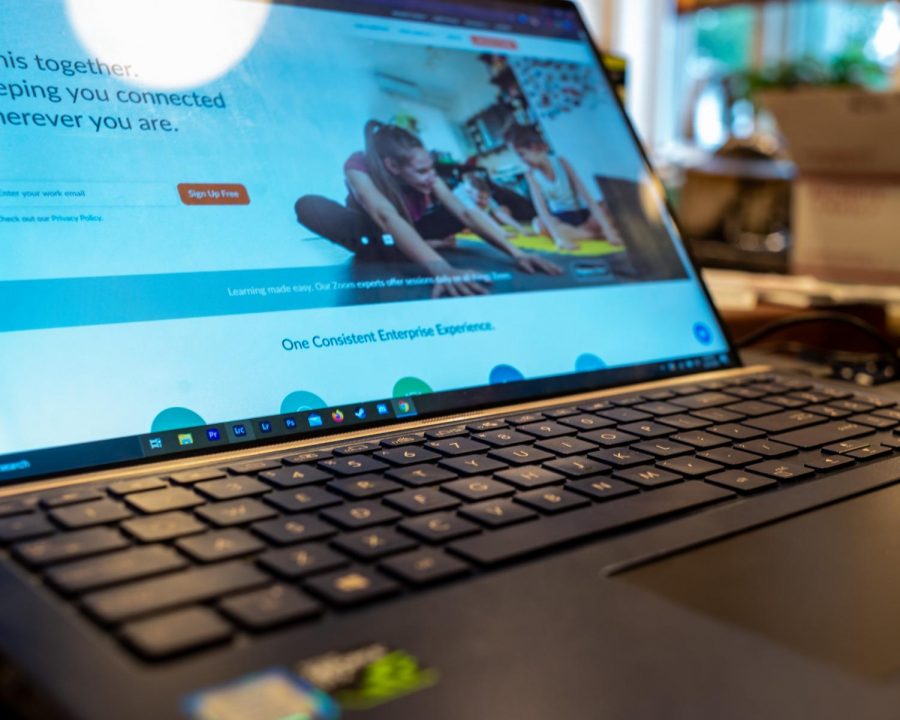At the start of quarantine, I never thought that I could actually miss being late to class, but I do. I miss scrambling to find a seat in the back of Mahar without causing too much of a distraction to the other students who somehow knew the secrets to being on time for their 9 a.m. But alas, as I now enter Moodle to get to class rather than the PVTA, I long for those brief but necessary human interactions. As we move forward, it might feel impossible to forge connections, but there is a really simple solution to this: turning on your cameras during your Zoom lectures.
You should turn on your cameras because we all need to experience some human connection. During this pandemic, we are social distancing from one another for the health of the greater population, but it comes with the price of being alone. And nobody wants to feel that way. Students should keep their cameras on during Zoom lectures so that even if we have to be alone physically, we can join our fellow students from a distance as we proceed in our classes together.
While Zoom’s breakout room function allows for collaborative space, it is ultimately ineffective. In a space where students are encouraged to collaborate with their peers away from the bigger lecture hall, it should be easy for young, inquisitive minds to think.
Unfortunately, now black boxes fill the screen contrasted by white letters identifying the student behind it. These black boxes sit in silence until a brave soul begins to talk, making an attempt to break through the stillness. And after that? Silence again.
Long, agonizing silence.
Could you imagine if you sat in a group during the pre-COVID-19 era and spoke to other students who avoided eye contact and stayed completely unresponsive? When students turn their cameras on, it makes us less likely to hide behind our computers and more so to engage in actual conversation.
I know that this situation is not ideal. Especially for the folks who live at home with immunocompromised family members, it’s hard to develop relationships with people outside of your bubble. The fact that it’s hard does not justify depriving ourselves of the bits of human interaction that we can get. During our Zoom classes, turning on your cameras to add just a hint of face-to-face interaction provides the social relationship that we’re all craving.
Another reason why you should keep your cameras on is because it shows basic decency towards your professors. Imagine if you had to wake up every day and turn on a piece of technology that you probably aren’t super familiar with and try to make your lecture entertaining to a bunch of hungover college students who are most likely on TikTok anyway.
It would be absolutely frustrating to be doing this in physical classrooms, let alone to a bunch of blank boxes. Your joke punchlines would fall flat as you wait for laughter in an empty abyss. Your professors are trying to make this work, and most of them turn on their cameras only to receive excruciating silence.
Don’t let them feel alone.
The effects of this pandemic will linger on in higher education for a very long time. The use of Zoom and other virtual meeting platforms will continue to play a vital role in our pursuit for education. And so it is our job to make sure that when we get out of this—and we will get out of this—we will emerge stronger and maintain our social relationships.
Until then, let’s keep our cameras on. Who knows? Maybe someone has you pinned.
Anna Dao can be reached at [email protected]. Follow her on Twitter @annadao19.



















